If you want to follow the traces of the experiences and discover what they hide in a city’s memory, you are at the right place! Every city hides stories within a true explorer knows that to have an earnest understanding of the city, you need to find its stories where they are hidden. In this article, an explorer or an adventurer who wants to look at today's world with a trace of the past can find a road map that reveals the stories of Kemeraltı. If you are ready to tune in to what Kemeraltı tells us, from the founding story of İzmir to the Feti master who winds the clock of the Clock Tower up every six days, from the story of Süleyman Ferit Eczacıbaşı to the Hamza Rüstem the photographic memory of İzmir and many other fascinating stories of people and the architecture that have ramified the city, let's get started!
A City Born Out of a Dream!
Let's begin our tour with the story of the second founding of Smyrna. During his visit to Smyrna, Alexander the Great went to the hills of Pagos (Kadifekale) for hunting. After a grueling hunting session, he fell asleep next to a spring, in front of the Temple of Nemesis, under the shade of a large plane tree fed by the spring itself. The Nemesis comes to Alexander the Great in his dream and tells him to find a new city and move the people of İzmir out of the old Smyrna and settle them here. Alexander the Great mentions his dream to the people of Smyrna. While the new city was being constructed, the people of Smyrna sent envoys to Klaros (Apollo) and had the dream interpreted. And God answers, “Those who live in the Pagos beyond the Holy Meles will know three times greater happiness than ever” Thus, the city was moved from Bayraklı to its new location.
Take a Brief Look at the History of İzmir with the Golden Box!
How about taking a brief look at the history of İzmir before starting our tour? The Metropolitan Municipality has prepared an excellent presentation for you in the Golden Box that it has placed in the city center to preserve the history and carry it to future generations. If you want this history to be reflected in your lenses with a state-of-the-art presentation, our first stop will impress you greatly!
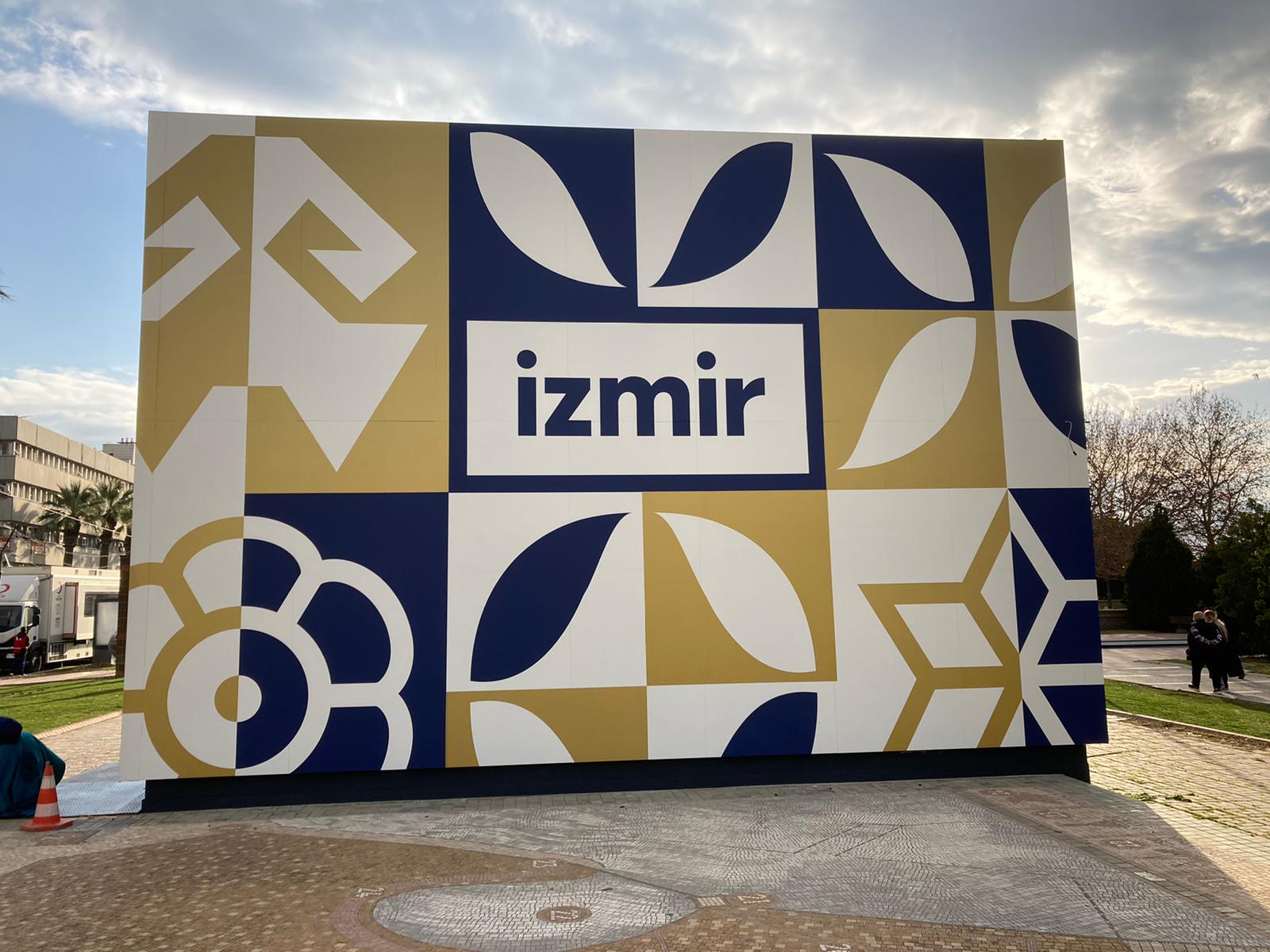
One of Turkey's most monumental examples of the orientalist style, the Clock Tower, was designed by the architect Raymond Charles Péré. The Clock Tower was built in 1901 to commemorate the 25th anniversary of Abdulhamid II's ascent to the throne. The cherry and green marble used in the tower were brought from Marseille. The sultan's tughra (signature), which adorned the windows of the building in the form of reliefs during the Ottoman Period, was replaced with crescent-star reliefs in the Republican period. The canopy-covered fountains on all four sides of the Clock Tower, all cloaked with a dome, also rendered it an important water structure. The clock on the upper part of the tower is said to be a gift from the German Emperor Wilhelm II, and the section holding the clocks is accessed via a staircase leading up from the room on the ground floor. The tower's clock is wound every six days. Yet, mostly without the knowledge of the people of İzmir, a family has been maintaining the Clock Tower for three generations. Feti Pamukoğlu is the current family representative responsible for winding the tower's clock every six days. You can personally hear the story of the Clock Tower by visiting Feti Pamukoglu's shop on Beyler Street, which is home to many interesting antique clocks.

Milli Kütüphane (National Library) Street
While entering Kemeraltı, we pass under the plane tree where Cevat Şakir Kabaağaçlı, better known as his pen-name 'the Fisherman of Halicarnassus', would hang his bag on its branches and make way to the National Library Street. Sancar Maruflu, a writer who is curious about İzmir and whose memory we love and value very much, explains the following details about the Halicarnassus Fisherman: "Halicarnassus fisherman Cevat Şakir comes, then hangs his net on the tree (plane tree) near the Government House and goes to Kemeraltı. He greets everyone on the road and finally arrives at Veysel Cıkmazı. That day, he chooses a restaurant randomly wherever he wants to sit. He enjoys spending time there drinking alcohol for a few hours. He has pleasant conversations with his friends and acquaintances. Then, he leaves the restaurant, takes down his net (from the plane tree), gets on the tram, and goes home. Look at that confidence…."
As we pass in front of the old Ankara Palas Hotel and retreat corner, let's not forget to mention Ali Galip's confectionery and patisserie, which has a special place in the memory of the people of İzmir. We pass by the Benzinci Kor Hafiz statue. The late Mustafa Ayrıközü, one of the symbolic names of Kemeraltı and known by the nickname "Benzinci Kör Hafiz," made a living at the entrance of the Kemeraltı Bazaar Government House for about 60 years by filling the lighters with gasoline in the first years of his business and replacing them with gasoline in the following years. His statue was erected close to where the people of İzmir remember him. As we move along the street, we come across the building now known as the Elhamra Stage of İzmir State Opera and Ballet, which once served as the National Movie Theater. The Elhambra Cinema, built by the İzmir National Library Association and started its activities in 1926, is famous for being the period's largest and most comfortable cinema. The Elhamra, home to countless movies, theater plays, and concerts, welcomed Mustafa Kemal Atatürk, who watched a performance once and a movie three times. Another critical incident that took place here was in this building where the Independence Court held the hearings of the suspects arrested for the assassination attempt on Atatürk in İzmir. After passing in front of the National Library, one of the symbols of the early Republican architecture, we come across a parking lot where İzmir Prison was once located until it was demolished in 1959. Attila İlhan, who was caught by his teacher with the poem Nazım Hikmet he wrote to his girlfriend during high school, was imprisoned here for two months.
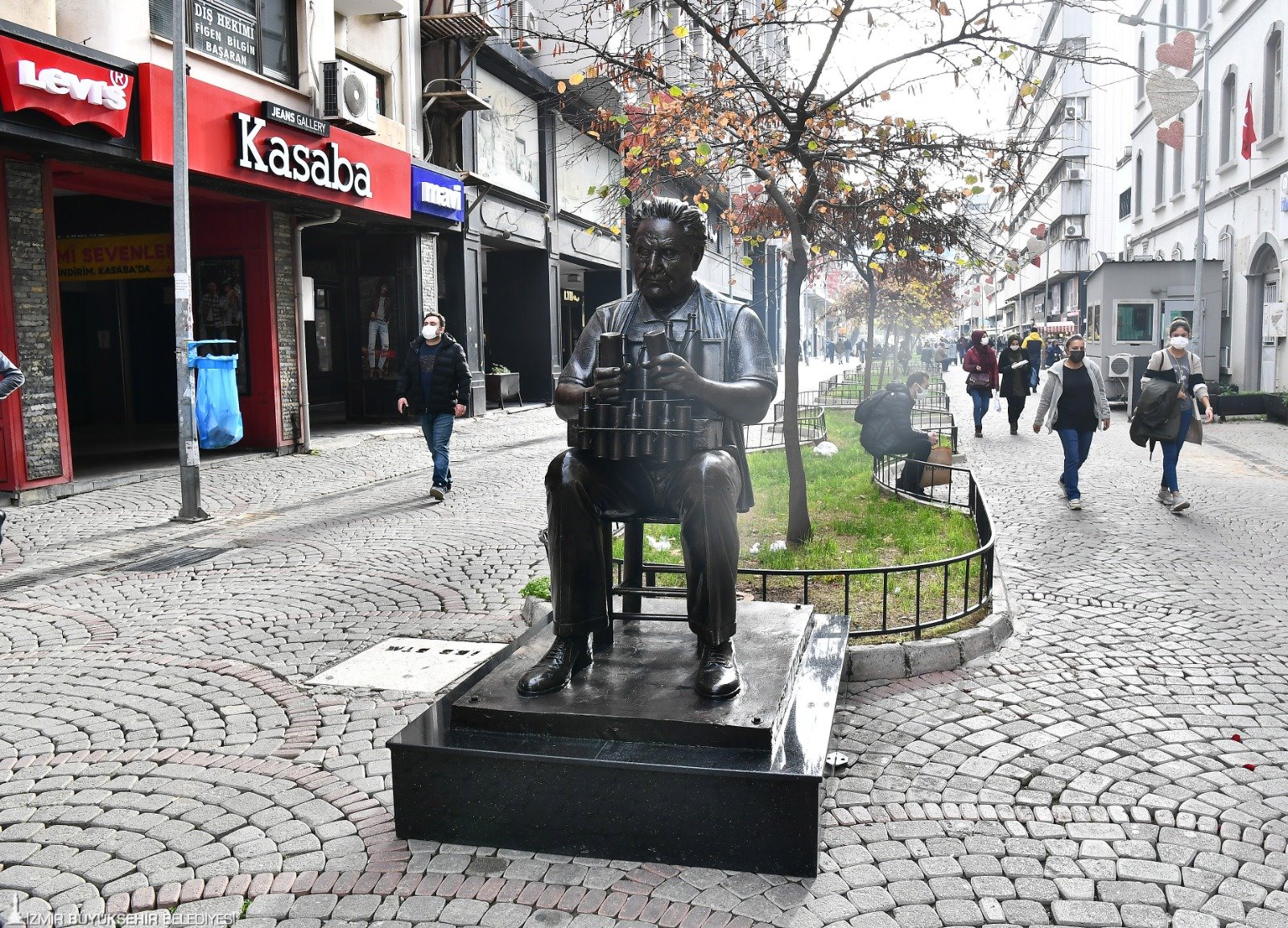
Beyler (The Gentlement's) Street
The three streets in Kemeraltı, where the city's most prominent families would dwell, were named Beyler and divided into three sections; the first, the second, and the third. In the 20th century, newspapers, publishing houses, and printing houses belonging to Turks were located along Beyler Street. The National Library was first opened in Ahmet Ağa Mansion in the Second Beyler. Today, the mansion serves as the Department of Historical, Environmental, and Cultural Heritage following the restoration efforts by the İzmir Metropolitan Municipality. Since it was close to the Beyler State Hospital, it was home to many doctors' offices, dentists, and pharmacy warehouses. Süleyman Ferit Eczacıbaşı's workshop was located on First Beyler Street. Here, Süleyman Ferit Bey, who produced colognes such as Golden Drop Cologne, Forget Me Not, Lilac, and Summer Rain, and who would later gain fame and recognition throughout the country, entered his profession at Gureba-i Müslimin Hospital as the youngest pharmacist of the Ottoman Empire and was later promoted to the chief pharmacist in 1907. He purchased the well-known Sifa Pharmacy in 1911, where he sold his pharmaceutical, perfumery, and cologne products. On the way to Beyler Street, Ayse Mayda, Türkiye's first female orthodontist, is also worth mentioning. Born in İzmir in 1916, Ayse Mayda opened her first practice on Second Beyler Street in 1945. Mayda, who is one hundred and five years old today, is among the most important examples of the women of the Republic who are role models not only for her period but also for today's women. Beyler streets, which host many restaurants, taverns, and cinemas frequented by the city's intellectuals, continue to be among the most unforgettable places of Kemeraltı.
On our way to Hamza Rüstem Passageway, we walk past the memorable structures of Kemeraltı along Anafartalar Street, including the building that had originally been constructed to serve as an inn and was later converted into a hotel in the early 20th century. Evliyazade, Ragıp Pasha, Şükran, Meserret, Gaffarzade. These places became hotspots for citizens, artists, and intellectuals with coffee houses and restaurants. Hamza Rüstem Passageway, one of the oldest passageways in Kemeraltı, was first believed to have been built as an inn under the name of Emirler in the middle of the 19th century. The inn was later converted into a two-story reinforced concrete passageway in 1922. The passageway was home to shirt shop repairers mainly focused on radios that had just begun to see use in the city, a photography shop belonging to Hamza Rüstem, shops selling photography equipment, and a few printing houses. Emirler Market was later named after Hamza Rüstem, who was the first Muslim Turkish photographer known to set up a photography studio in İzmir. In 1925, he opened the photography shop, which remains open to this day in the passageway. The photographs of Hamza Rüstem, who never gave up his passion for photography until his 90s, have an important place not only in the visual history of İzmir but also in the history of Turkish photography.

Abacıoğlu Inn is one of the inns subsequently built in the area, encouraged by the increasing port trade in the 18th century. Abacızade Hacı Mustafa Ağa commissioned it in the early 18th century. The building was used for accommodation, trade, and storage purposes and was located within the Jewish quarters, adjacent to the cellar of the Greek church. Featuring nine rooms and seven lower cellars at the time of its construction, Abacioglu Inn earned the Respect for History – Local Conservation Competition organized by the İzmir Metropolitan Municipality and Philippe Rotthier European Prize for Architecture awards with its restoration work that was completed in 2007. You can enjoy the historical inn at one of the nice food & beverage spots in the colorful two-story spaces overlooking its spacious tree-lined courtyard. You can also meet Rafael Palombo, whose family has been trading in the inn from generation to generation since the 1920s, and listen to his story.
The place, which hosts antique shops and second-hand bookstores under the historically covered bazaar structure, has become a place frequented by antique lovers and collectors in Kemeraltı. The second-hand booksellers offer books that still carry the smell of the period they were written, while the antique shops deal in artifacts and goods that once saw their prime in our country and became the object of many stories. You can also participate in antique auctions or design markets on certain days at the Antique Dealers' Bazaar. These antique auctions held on certain days in the bazaar can sometimes witness intriguing stories.
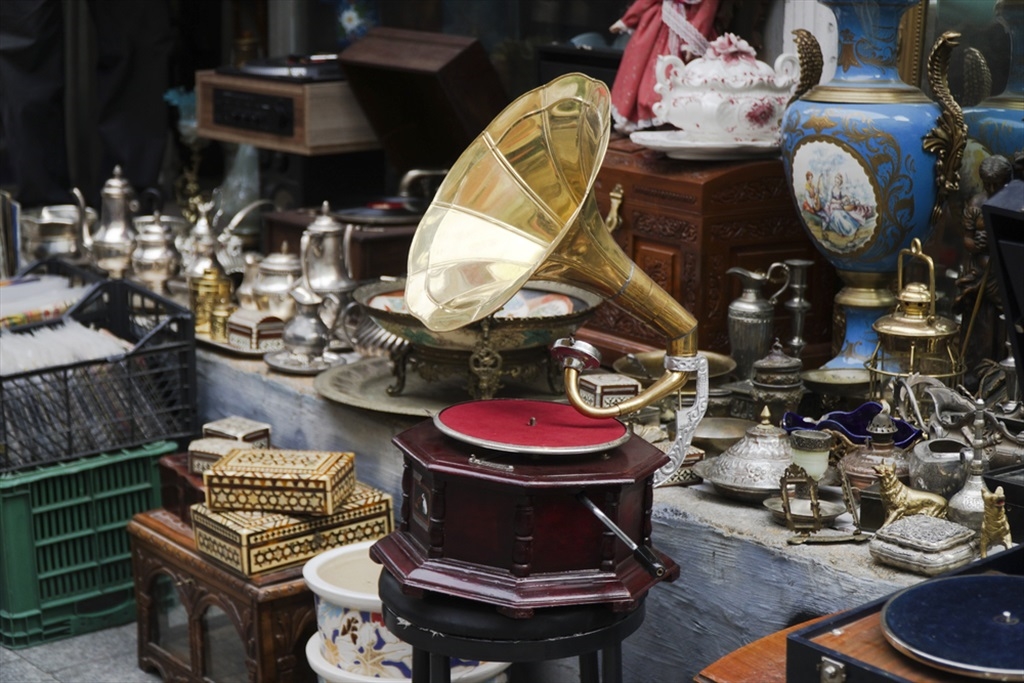
Kızlarağası Inn was commissioned by Hacı Beşir Ağa in 1744. Since the inn was built at the port's mouth and acted as a pier. The inn, which has a courtyard where caravans will leave their loads and several rooms on the upper floor that welcome weary travelers, maintained its importance in the commercial life of İzmir until the last quarter of the 19th century. Although the inn had played a significant role in the economy of İzmir, its importance began to decrease because the inner harbor was filled with the land. The historic inn was restored between 1988 and 92 and houses 200 small shops selling antiques, leather, jewelry, and souvenirs today. In the workshop on the upper floor of the inn, you can meet and examine the works of many artisans and collectors, including the miniature artist Arya Kamalı, who is known for his admirable works depicting İzmir.
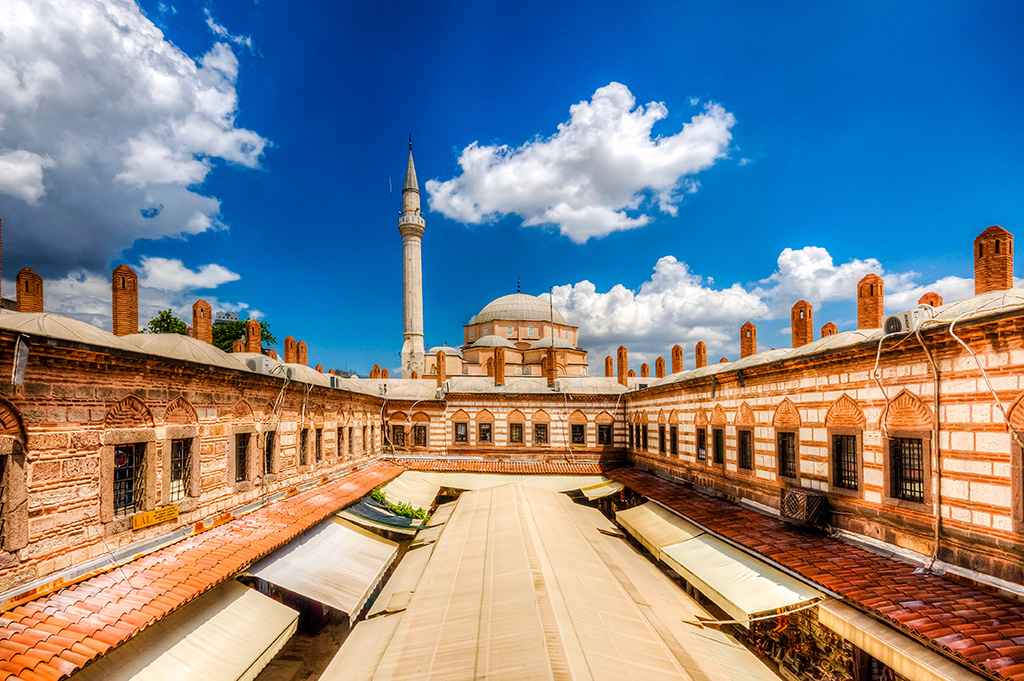
Mirkelamoğlu Inn was constructed in the last quarter of the 18th century. Mirkelamoğlu Inn is one of the few inns in the city that has preserved its original form to date and sets an example of classical Ottoman inner city inns with its two-storey and courtyard design. When entering the inn courtyard, you can listen to the melodies from the 45s records shop run by photographer Birol Üzmez, where you can chat with him about his photography project documenting the Cortijos, an important part of the historical city center.
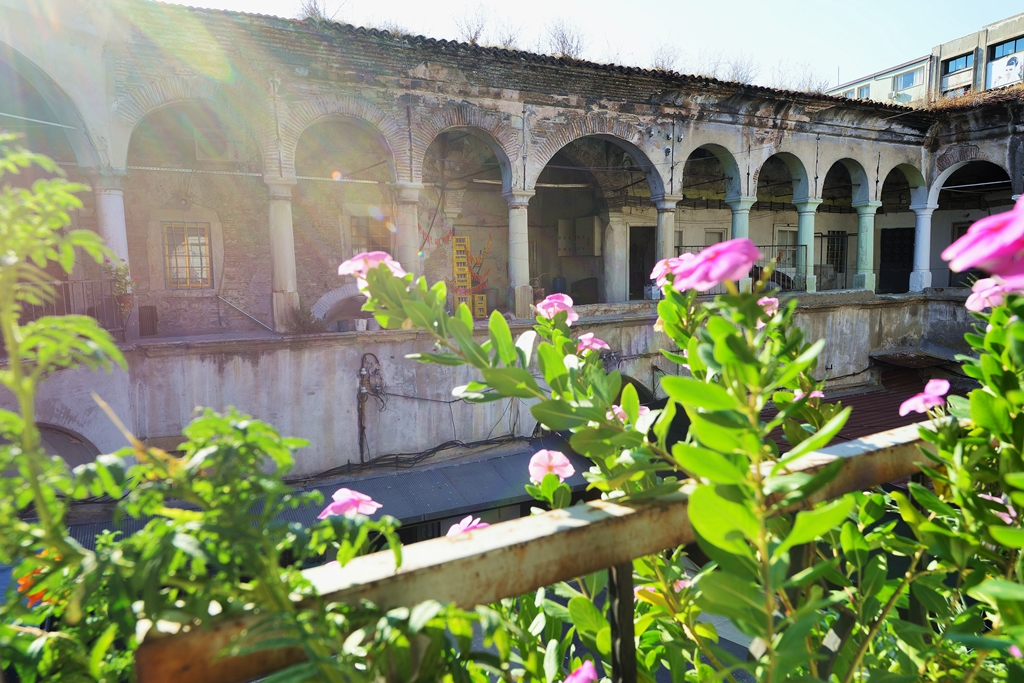
Click here to see The Stories of Kemeraltı Route on the map!
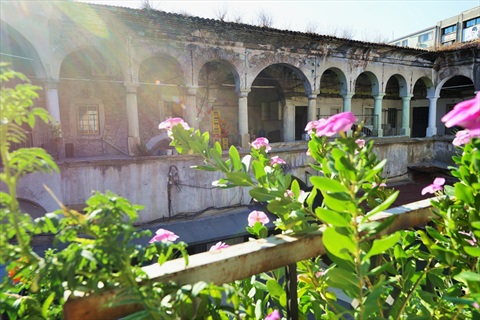
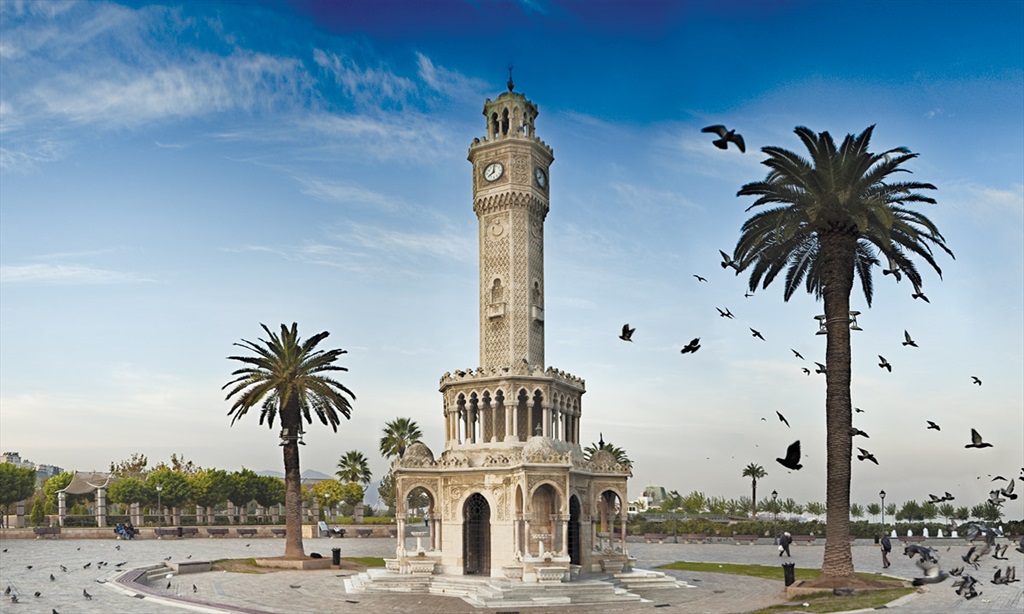


Comments
No comment left, would you like to comment?